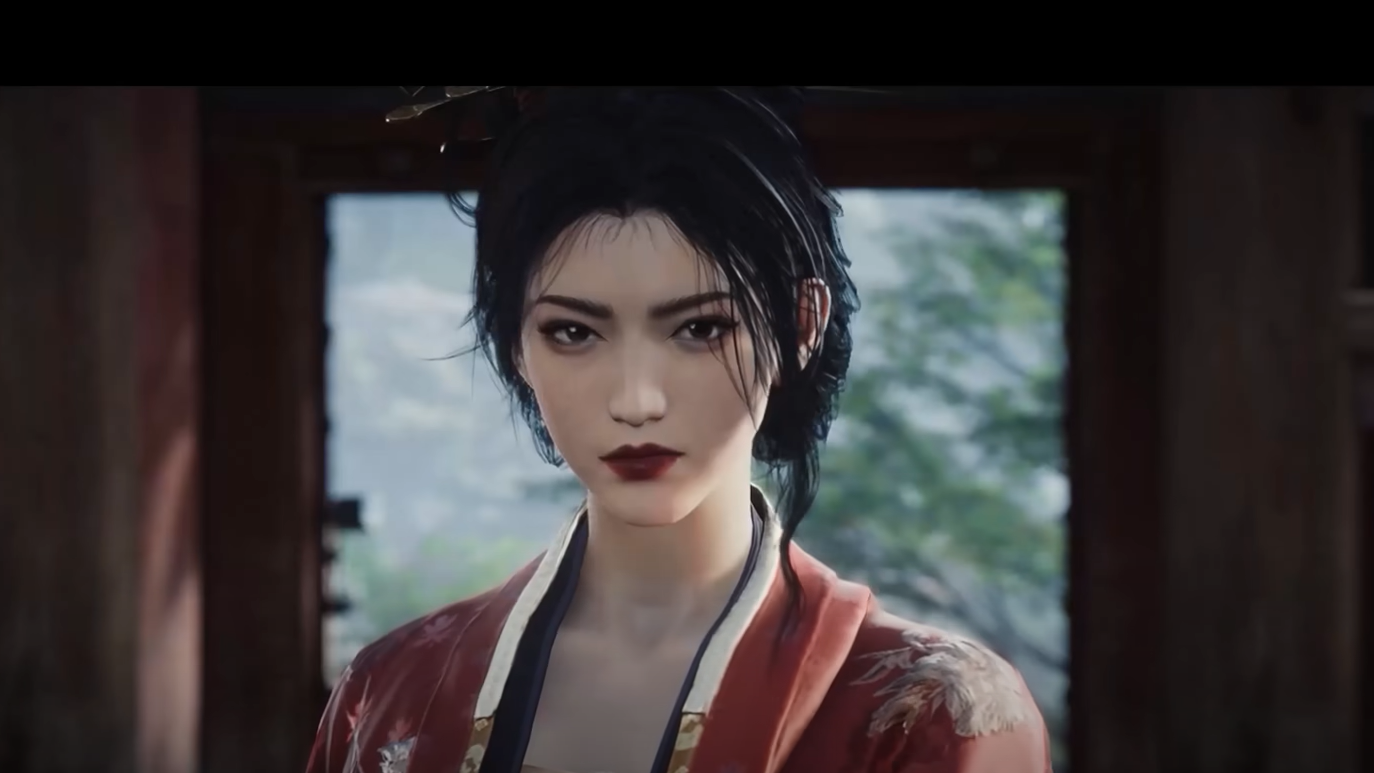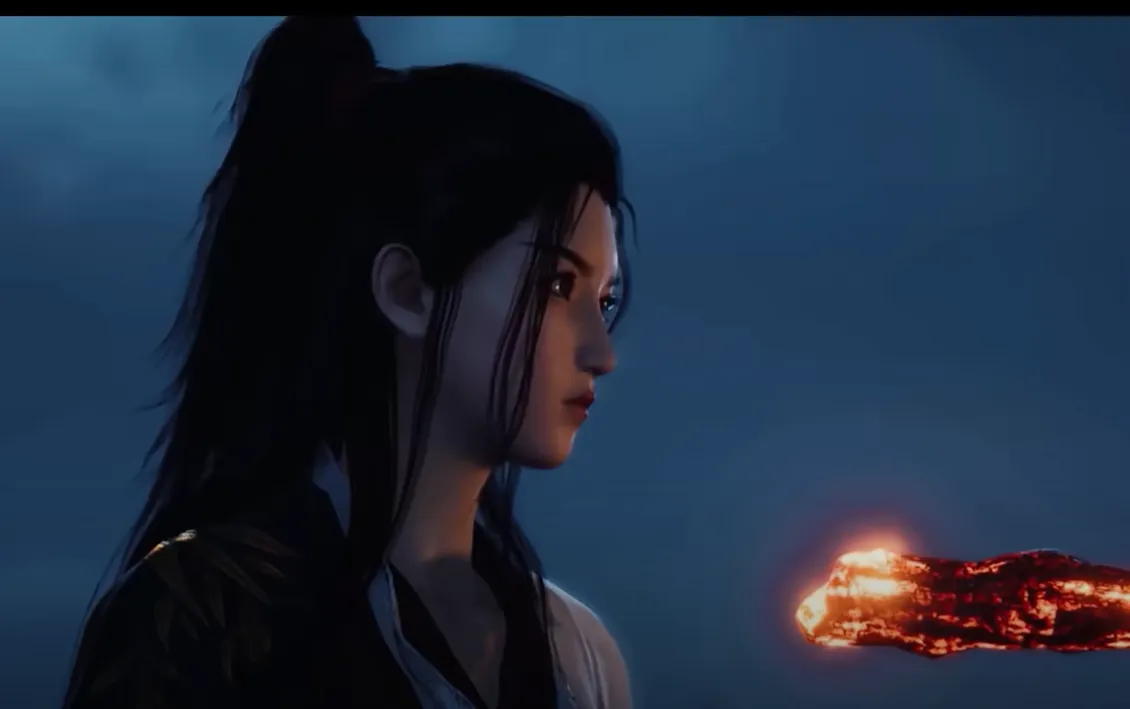Mahjong in Where Winds Meet is not a throwaway minigame; it sits alongside poker, Chinese chess, karaoke, sumo, and other social activities as part of the game’s broader “Wuxia life sim” layer. It’s something you play with other players in MMO mode, with guildmates in shared housing, and in at least one very strange story moment where your character believes they’re a dog and joins a table of other dogs.
Where Winds Meet mahjong: what it is and what it isn’t
Where Winds Meet is a free-to-play, online-only open-world action RPG set in 10th-century China, mixing single-player story content with optional co-op and MMO-style hubs on PC, PS5, and mobile. Within that structure, mahjong is one of several board and card-style activities you can sit down and play in the multiplayer environment.
A few important points about how mahjong exists in this game:
| Aspect | How mahjong works in Where Winds Meet |
|---|---|
| Role in the game | Optional social minigame and Activeness (stamina) sink, not core progression. |
| Context | Found in MMO mode social spaces, some hubs, and special events; also appears in at least one story gag. |
| Participants | Playable with other players in shared spaces; can also show up with NPCs in scripted sequences. |
| Rewards | Contributes to Activeness use and broad “life” progression; not a primary source of gear or power. |
| Impact on build | No direct influence on martial arts builds, gear, or combat stats. |
The game leans heavily into a “do anything in this world” ethos. Mahjong fits that philosophy: it’s another way to roleplay in taverns, guild houses, or retreats instead of just chasing bosses and dungeons.
Which mahjong ruleset does Where Winds Meet use?
The game doesn’t spell out a brand name for its ruleset in menus or marketing. Players asking whether it’s Japanese riichi, Chinese MCR (competition rules), or Hong Kong style don’t get an explicit label to point to.
What is clear is that it is presented as a Chinese mahjong table in a Chinese historical setting, and it behaves like a conventional four-player tile game: you sit, draw, and discard tiles, and resolve hands under a scoring system the game enforces for you. The client handles the math and valid-yaku logic in the background, so you’re never asked to score a hand manually.
That means two practical things:
- If you already know any mainstream mahjong variant, the flow will feel familiar even if some scoring quirks differ.
- If you’ve never played mahjong at all, you can still sit and play because the game handles tile validation; you just won’t immediately understand why a hand is worth more or less.
Where to find mahjong in Where Winds Meet
Mahjong doesn’t live in a single “casino” zone; it’s scattered through the world as part of the wider activities layer. There are three main ways you run into it.
| Location type | How mahjong appears | Who you play with |
|---|---|---|
| MMO mode hubs and towns | Tables in social spaces like inns or retreats; accessible when you’re in online mode. | Other players on the same server node (or cross-node if you meet up). |
| Guild housing | Interactable game tables inside a guild house, alongside other board games. | Guildmates and invited guests. |
| Story and odd encounters | Scripted scenes, including the “I turned into a dog and joined a mahjong table” gag. | NPCs; sometimes you’re effectively watching or lightly interacting rather than fully playing. |
In the overall map icon system, mahjong has its own dedicated symbol, grouped with other minigames. When you zoom out, you’ll see a tile-like icon marking locations where the table is available, the same way fishing spots, pitch pot, or chess are shown.
One community route to an early table is a social area sometimes referred to as a “retreat”: players mention a home instance near a mahjong spot, described as being at a place called Blissful Retreat with a house on the left. That’s less a single canonical location and more an example of how tucked-away these activities can be in residential or leisure spaces.
How mahjong ties into Activeness (stamina) and progression
Under the hood, Where Winds Meet tracks Activeness, a stamina-like currency that fuels a wide range of non-trivial activities. World bosses, PvP, and structured events all consume it; mini-games such as karaoke, mahjong, sumo, and poker can tap into it as well.
Mahjong sits in the “lifestyle” band of activities:
- It uses Activeness, so you are spending a limited resource when you decide to sit at the table.
- It can reward you with items, currency, or progression ticks, but not at the same rate as a dungeon or stronghold.
- It’s meant to be part of your weekly or daily rhythm rather than a grind core you loop endlessly.
Players worried about energy systems locking them out of the game entirely should think of mahjong as one more outlet to spend that energy on, not as another mandatory daily chore. You’re usually better off spending early-week stamina on bosses and dungeons, then dipping into mahjong once your core progression boxes are checked.
Mahjong versus other board and card games in the game
The tile table is part of a larger suite of analog-style games scattered across the world. Structurally, they all work in similar ways: you approach an icon-marked location, sit, and let the game engine handle rules and scoring. Functionally, each one supports a slightly different fantasy.
| Game | Icon type | What it offers |
|---|---|---|
| Mahjong | Mini Game – Mahjong | Classic Chinese tile game suited for slower, conversational sessions with friends or strangers. |
| Card game | Mini Game – Card Game | Bluff-heavy format similar to casual shedding/BS-style games. |
| Chinese chess | Mini Game – Chess Game | Chess-like board game for players who prefer positional thinking. |
| Pitch Pot | Mini Game – Pitch Pot | Dexterity and timing minigame: throwing arrows into a vase, often while inebriated. |
| Music | Mini Game – Music | Rhythm-style sequences that tie into the world’s musical instruments. |
Mahjong’s main edge over the others is that it’s already a fully developed social game outside of Where Winds Meet. Players bring their own expectations and table culture into the world, so the mahjong corner of a hub often feels more like a real tavern table than a UI test.
How to sit down and play mahjong
The mechanical act of getting into a game is intentionally simple so your attention can stay on the tiles and the people at the table.
- Switch into MMO mode from the main mode selection if you are currently in pure single-player.
- Travel to a hub, retreat, or guild house that has the Mahjong mini-game icon on the map or mini-map.
- Approach the table until the interaction prompt appears.
- Confirm the prompt to sit; the game fills any empty seats with other players or NPCs as needed.
- Play out hands under the automated rules; the system handles tile draws, legal melds, and scoring.
The interface mirrors the rest of the game’s design choices: you still have the same camera language, soundscape, and interaction buttons, but the usual combat or traversal inputs are temporarily repurposed for tile management and hand confirmation.
For players unfamiliar with mahjong, the best approach is to treat the first few sessions as low-stakes experiments. Watch which discards trigger calls, notice which sets the game allows, and let the automated scoring teach you patterns by repetition.
Mahjong inside the “dog table” oddity
One of the stranger moments in Where Winds Meet involves drinking a clearly labelled “Do not drink” liquid. Your character loses their senses and believes they’ve turned into a dog. In that state, they wander into a mahjong table populated by other dogs and join the game.
This sequence is part of the game’s broader love of oddities and bizarre status ailments—alongside things like sprains from falling and hallucinatory effects. Mechanically, the dog-table encounter doesn’t rewrite the mahjong rules. It wraps them in an absurd visual story, reframing a familiar game as dream logic.
That tonal flexibility is important: mahjong isn’t just an interface; it’s an excuse to stage scenes about gossip, honor, or farce. The dog table is the most literal version of that, but simpler versions—like tense conversations over tiles in a back room—fit the same mold.

Why Where Winds Meet includes mahjong at all
Mahjong earns its place in Where Winds Meet for a few reasons that go beyond simple minigame variety.
- Cultural grounding: The game leans into Wuxia fiction and Chinese social spaces. Mahjong tables are part of that landscape, just like bathhouses, inns, and street food.
- Social friction: MMO-lite worlds need low-pressure places for players to coexist. Long-form games like mahjong give strangers something to do while they talk.
- Activeness sink: A stamina system needs non-combat outlets so players who are temporarily burned out on bosses can still log in and feel productive.
- World texture: When you pass through a city and see a mahjong icon alongside bounties, crafting zones, and world bosses, the map feels lived-in rather than built purely around combat loops.
For players who care mainly about martial arts combat and raids, mahjong will likely remain a curiosity at the edge of the UI. For everyone else, especially fans of digital mahjong already comfortable with tile games, it’s one of the more quietly successful ways Where Winds Meet tries to make its Wuxia cities feel like real places rather than just lobbies between fights.


